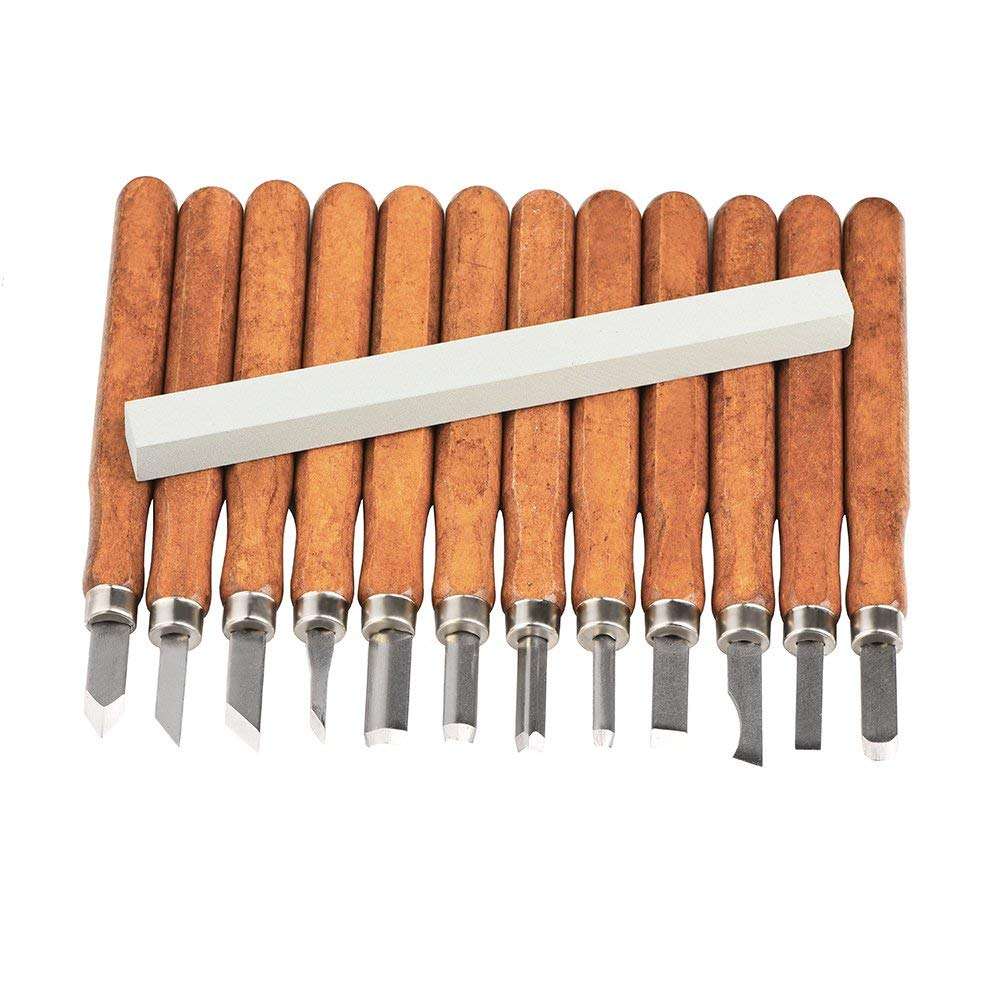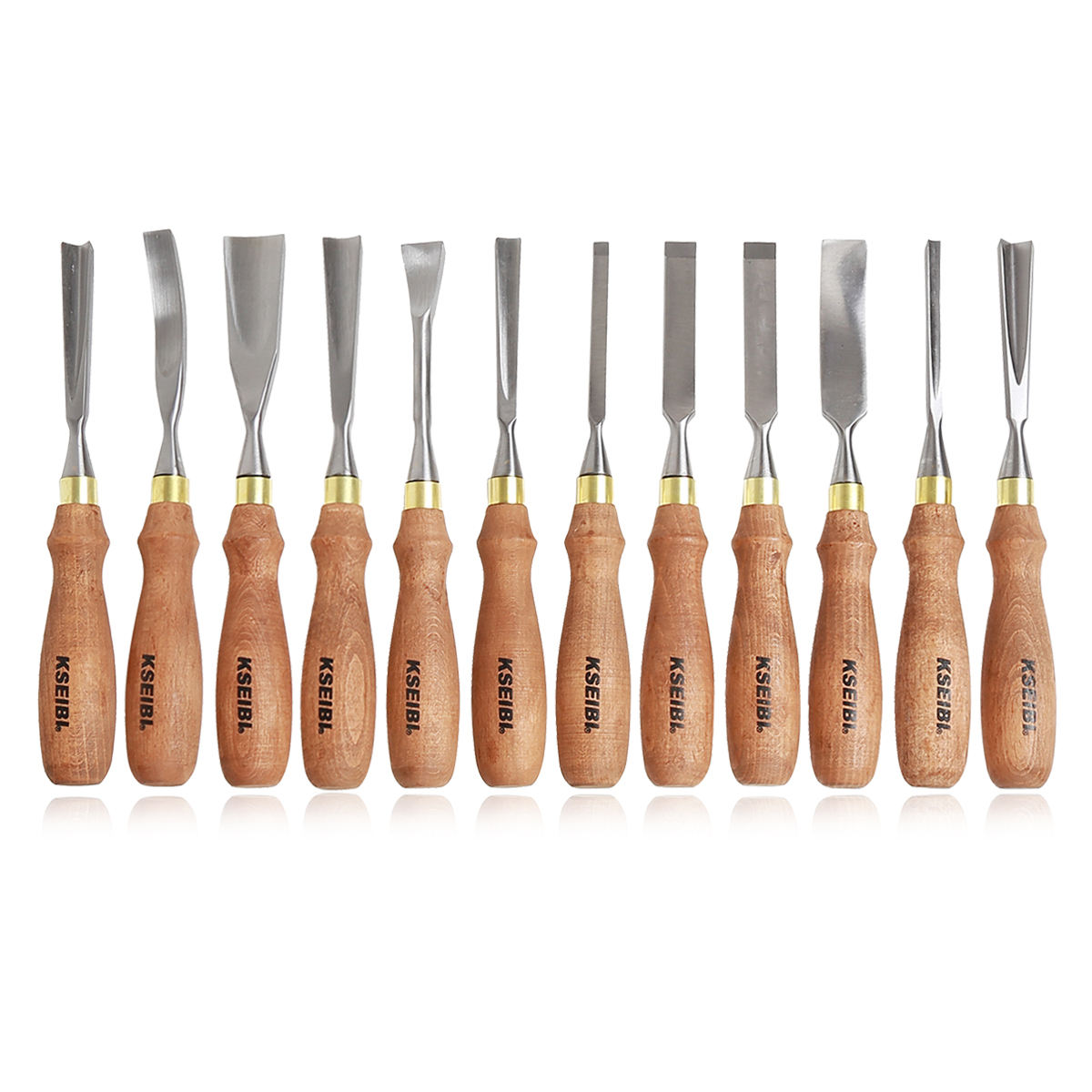Crafting wooden handles requires a combination of woodworking skills, knowledge of the wood’s properties, and an understanding of ergonomics. Here are some valuable tips from master woodworkers to help you create high-quality wooden handles:
1. Choose the Right Wood: Select a wood species that is both durable and suited to the tool’s purpose. Consider factors like hardness, grain pattern, and resistance to wear.
2. Understand Ergonomics: Design the handle with ergonomics in mind. Pay attention to grip comfort, finger placement, and overall balance for a handle that feels natural to hold.
3. Proper Grain Orientation: Position the grain of the wood along the length of the handle to enhance its strength and reduce the risk of cracking or breaking.
4. Wood Preparation: Ensure the wood is properly dried and seasoned to prevent warping or splitting as the handle ages.
5. Experiment with Shapes: Experiment with different handle shapes and contours to find the one that offers the best grip and control for the specific tool.
6. Hand Tool Techniques: Use traditional hand tools like chisels, gouges, and rasps for shaping. These tools allow for greater control over the final form of the handle.
7. Power Tools with Caution: If using power tools, exercise caution and take your time. Small, controlled passes are better than trying to remove too much material at once.
8. Test for Comfort: Constantly test the handle’s grip and shape as you shape it. Make adjustments based on how it feels in your hand.
9. Sanding Techniques: Sand the handle meticulously, starting with coarse grit and progressing to finer grits. Sanding should be thorough to ensure a smooth and comfortable finish.
10. Finish Application: Choose an appropriate finish that suits the tool’s use. Whether it’s a clear varnish, oil, or wax, apply it evenly and follow the manufacturer’s instructions.
11. Pay Attention to Details: Small details like rounded edges, finger notches, and a well-finished transition from handle to tool head can make a significant difference in comfort and aesthetics.
12. Preserve the Grain: When shaping the handle, work with the grain to avoid chipping and splintering.
13. Use Jigs for Consistency: For handles that require uniform dimensions, consider using jigs to ensure consistency across multiple handles.
14. Practice Patience: Woodworking requires patience. Take your time to achieve the desired shape and finish. Rushing can lead to mistakes.
15. Seek Feedback: Don’t hesitate to seek feedback from experienced woodworkers or even potential users of the tool. Constructive criticism can lead to improvements.
16. Document Your Process: Keep notes and photographs of your process and techniques. This documentation can help you refine your approach and replicate successful results.
Master woodworkers emphasize the importance of practice and continuous learning in crafting wooden handles. As you gain experience and hone your skills, you’ll develop a deeper understanding of wood behavior and handle design, leading to the creation of handles that are both functional and aesthetically pleasing.


